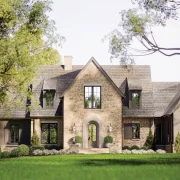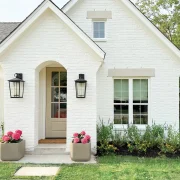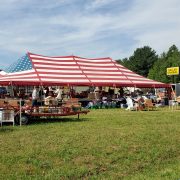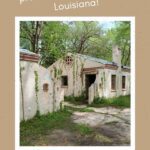Save This House: A Restoration Process
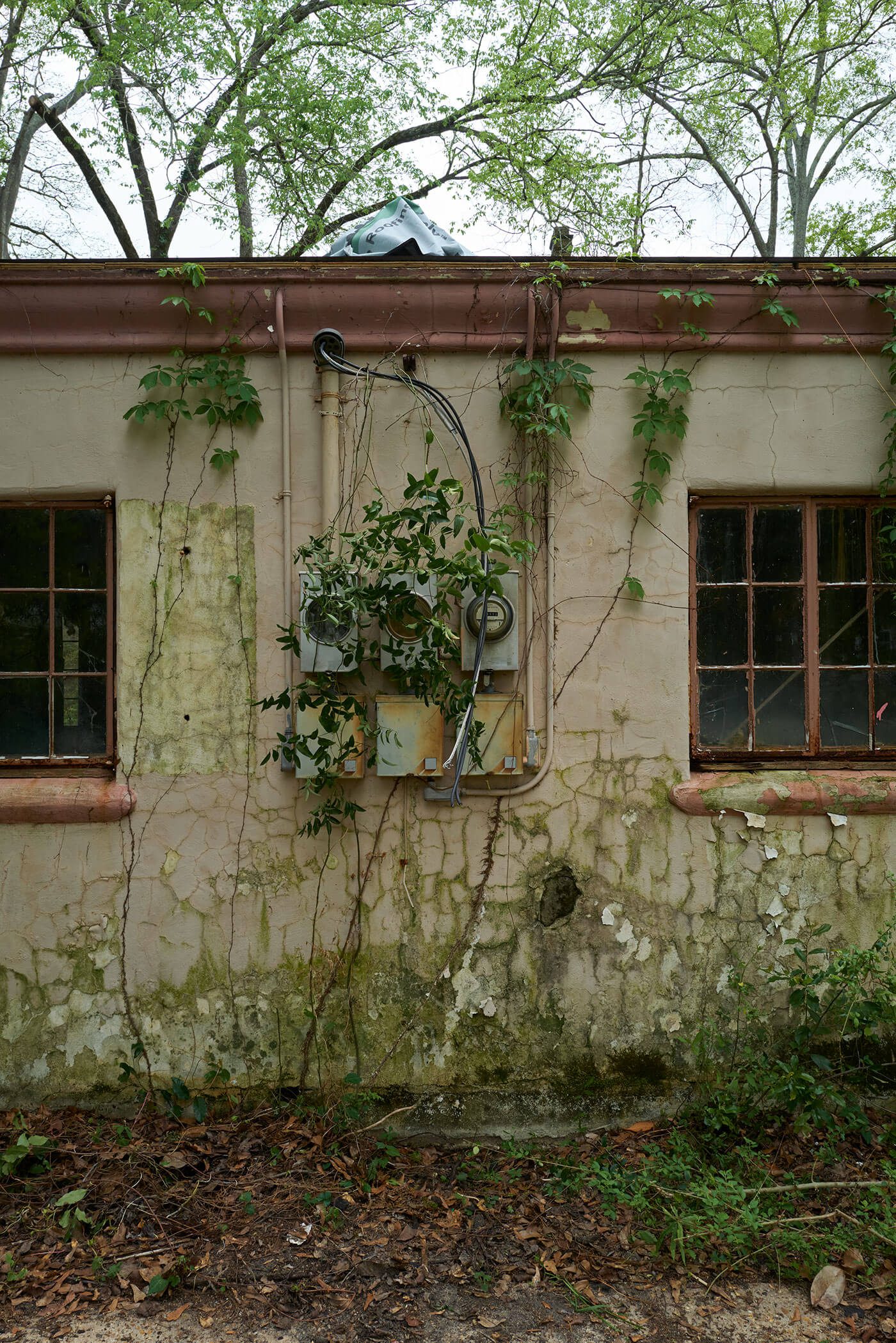
The restoration process is its own journey, with many steps leading to the final result. Sara McDaniel of Simply Southern Cottage is overseeing this process for our Louisiana Project House with the Villas at Spanish Court. The villas, which were built in 1930, are being transformed into rentals for visitors seeking the smalltown charms offered in Minden, Louisiana.
“The restoration process is well underway,” Sara says. “So that means I’m juggling lots of different projects at once.” Hazardous remediation, demolition, electrical and plumbing make up the geography of the restoration process. Sara, with her compass set to the end vision, is navigating her way through each one.
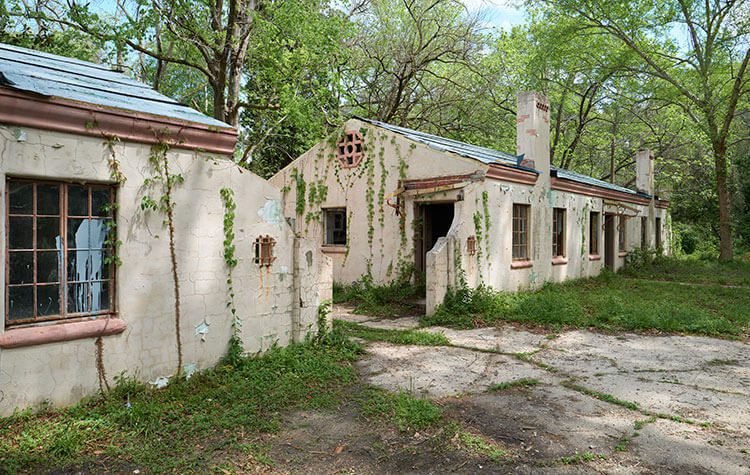
Removing Hazards in the Restoration Process
Hazardous remediation was one of the first phases of the restoration process. “The first thing I did was send a few samples of the surfaces for testing,” Sara says. She knew the three structures suffered from asbestos and lead paint.
Once the testing confirmed it, she hired an environmental consultant. “Over the course of three or four days, he literally took samples of every single surface in the villas,” Sara says. “The paint from the windows, tile on the floor, caulking in the bathroom, the ceiling, sheetrock, countertops…every surface you can imagine.” The samples were sent to a lab for testing and once the results were back, a team suited up in protective gear and got to work.
Afterward, more testing ensued. The consultant drew up an extensive report and the villas were given a clean bill of health!

Demolition
For the next phase of the restoration process, Sara got to work on demolition—outside first. “All the overgrowth, brush and trees pushing up the foundation had to go,” she says. A team cleared away the wild riot of nature and the villas could breathe again. After that, a special team was brought in to remove any surfaces with toxic substances or too much termite erosion.
After this, a more typical demolition crew pulled out the old electrical and plumbing. “It’s an intense part of the restoration process,” Sara says. “There’s a lot of physical labor but it’s very exciting because it paves the way for what’s to come.”
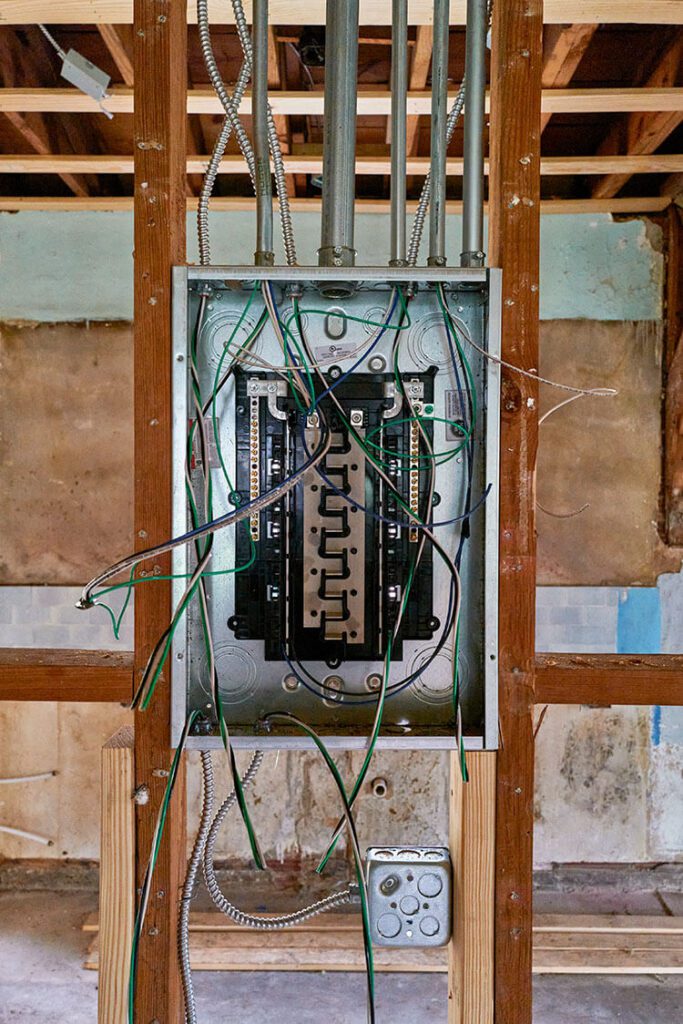
Electrical Work
Electrical works follows in the restoration process, and design is a key component. Sara came up with a plan for where the new lights and plugs will go. “Since it’s a commercial project, everything needs to meet special qualifications, like commercial conduits and fuse boxes,” she says.
After the plan was in place, electricians installed temporary service, via a pole serviced by the city, so work could be done while the new electrical was being installed. For this part of the restoration process, which is currently underway, all the new conduits and wiring will be installed and then sheetrock goes into place. Once the sheetrock is in, the electricians will come back at the end of the restoration process to plug in the sockets and power everything up.

Plumbing
The newest project is for Sara to tackle plumbing. “It’s specific to the villas, but I have a natural spring that comes out of a hillside that’s adjacent to the buildings,” Sara says. “Water runs all down the driveway, so the first thing was stopping that spring.” Plumbers dug a trench underneath one of the buildings and rerouted the water to a creek bed running alongside the villas.
Just like the electrical team set up temporary service, so did the plumbers with a spicket beside a water meter so everyone had access to water for cleaning. Currently, the original pipes are being removed and new piping and pecks will go in, along with plumbing fixtures.
Slowly but surely, the villas are moving through the restoration process and toward their new, beautiful form. We’re so excited to be part of this process!
For more on Project House Louisiana, get caught up with our earlier installment Introducing Project House Louisiana. Stay tuned and find more inspiration by following us on don’t forget to follow us on Instagram, Facebook and Pinterest!


